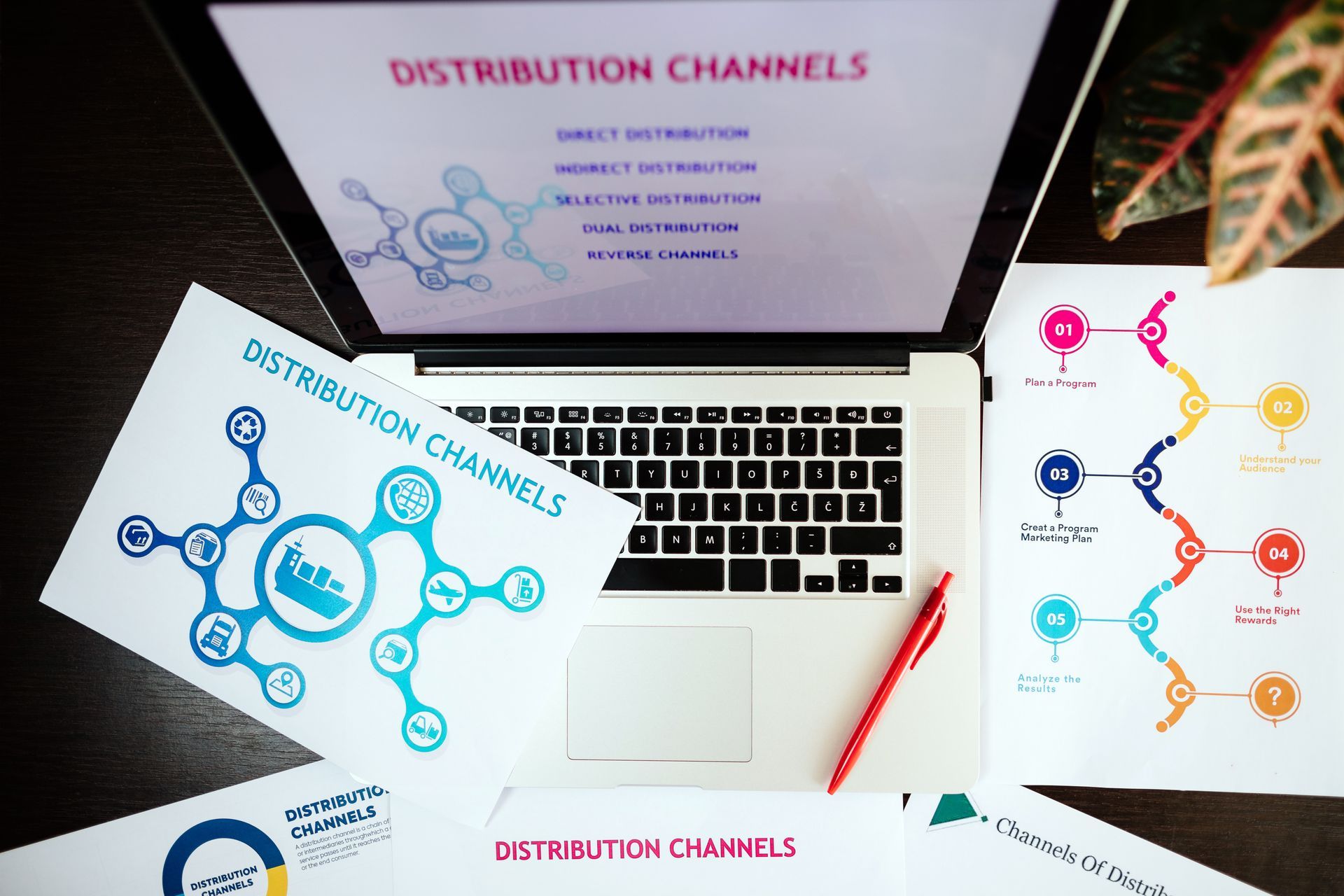Boost Customer Loyalty for Brands using a CDP with Attribution Management
The goal of a CDP is to create a single, unified view of each customer by aggregating data from multiple sources and storing it in a central location.
When combined with attribution technology, a CDP can provide insights into the customer journey and how different marketing channels and tactics contribute to conversions.
Attribution technology tracks the customer journey and assigns credit for a conversion to each touchpoint along the way, allowing marketers to see the entire customer journey and understand the effectiveness of different marketing channels and tactics.
Using a CDP with attribution, e-commerce brands can build a loyalty program by gaining a deeper understanding of customer behavior and the factors influencing their purchasing decisions. This can help e-commerce brands identify their most valuable customers, tailor their loyalty program to better meet the needs and preferences of their customers, target their marketing efforts to the most valuable customers, and analyze the effectiveness of loyalty incentives.
Here are a few specific ways that a CDP with attribution can help e-commerce brands build a loyalty program:
- Identify the most valuable customers: By analyzing customer data, a CDP can help e-commerce brands identify their most valuable customers based on factors such as purchase history, lifetime value, and engagement with the brand. This information can help e-commerce brands target loyalty incentives to the most valuable customers and drive loyalty.
- Understand customer behavior:
A CDP can provide insights into how customers interact with the brand and make purchasing decisions. This can help e-commerce brands tailor their loyalty program to better meet the needs and preferences of their customers. For example, a CDP may show that a particular group of customers is more likely to respond to loyalty incentives that offer free shipping, while another group is more interested in rewards points that can be redeemed for discounts.
- Target marketing efforts: By understanding the customer journey and the marketing channels and tactics most effectively driving conversions, a CDP with attribution can help e-commerce brands target their marketing efforts to the most valuable customers and drive loyalty. For example, a CDP may show that a particular group of customers is more likely to respond to email marketing, allowing the e-commerce brand to focus their email marketing efforts on that group.
- Analyze the effectiveness of loyalty incentives: By tracking the impact of loyalty incentives on customer behavior, a CDP with attribution can help e-commerce brands understand which incentives are most effective at driving loyalty and optimize their loyalty program accordingly. For example, if a CDP shows that a particular loyalty incentive is not driving much engagement, the e-commerce brand may adjust or remove that incentive and try a different approach.
Overall, a CDP with attribution can help e-commerce brands build a loyalty program by providing insights into customer behavior and the effectiveness of different marketing channels and tactics, allowing them to target their efforts and incentives to the most valuable customers.
Leveraging a CDP to build customer profiles
Building customer profiles can be an effective way for companies to understand their customers better and target their marketing efforts more effectively. This is particularly true for companies with a large and diverse customer base or offering a wide range of products or services.
For example, a retail company with a large number of online customers might use a CDP to build profiles that include information about customers' purchasing history, browsing behavior, and preferences.
This can help the company tailor its marketing efforts to different segments of its customer base, such as offering personalized recommendations to customers who have shown an interest in certain types of products or providing special discounts to customers who have made a large number of purchases in the past.
Another example might be a travel company that uses a CDP to build profiles of its customers based on their past travel patterns, preferences, and budget. This can help the company target its loyalty programs and promotions to different segments of its customer base, such as offering special deals to customers who frequently travel to certain destinations or providing personalized recommendations to customers who have shown an interest in particular types of travel experiences.
Verticals that might benefit the most from using a CDP to build customer profiles
- Retail companies with a large number of online customers
- Travel companies
- Financial institutions
- Subscription-based companies
- E-commerce companies
In general, any company with a large and diverse customer base that wants to target its marketing efforts more effectively could benefit from using a CDP to build customer profiles.
Boost loyalty program effectiveness
CDPs with attribution management capabilities can be a valuable tool for companies that are running loyalty programs. Attribution management tracks and analyzes the marketing touchpoints contributing to a customer's decision to purchase or take other desired actions.
Integrating a CDP with attribution management into an existing loyalty program can help companies better understand their customer's behaviors and preferences and use this information to tailor their loyalty incentives effectively.
For example, if a CDP with attribution management reveals that a certain group of customers is more likely to respond to email marketing campaigns, the company could use this information to target those customers with special offers or promotions through its loyalty program.
Similarly, if a CDP shows that another group of customers is more likely to be influenced by personalized recommendations or experiences, the company could use this information to design loyalty incentives that include these elements.
Using a CDP with attribution management can help companies optimize their loyalty programs by targeting the right incentives to the right customers at the right times, ultimately leading to more effective marketing efforts and stronger customer loyalty.
About LayerFive
Don't just run your loyalty program blindly - use LayerFive's Customer Data Platform and Attribution capabilities to gain insights that can boost the effectiveness of your loyalty program.
Our CDP allows you to unify and enrich customer data from various sources, giving you a holistic view of each customer's interactions and behaviors. With attribution management, you can identify the marketing channels and campaigns that drive the most valuable customer actions, allowing you to optimize your loyalty program and allocate resources effectively.
Take control of your loyalty program and drive better results with LayerFive. Try us out today!
You might also like:




